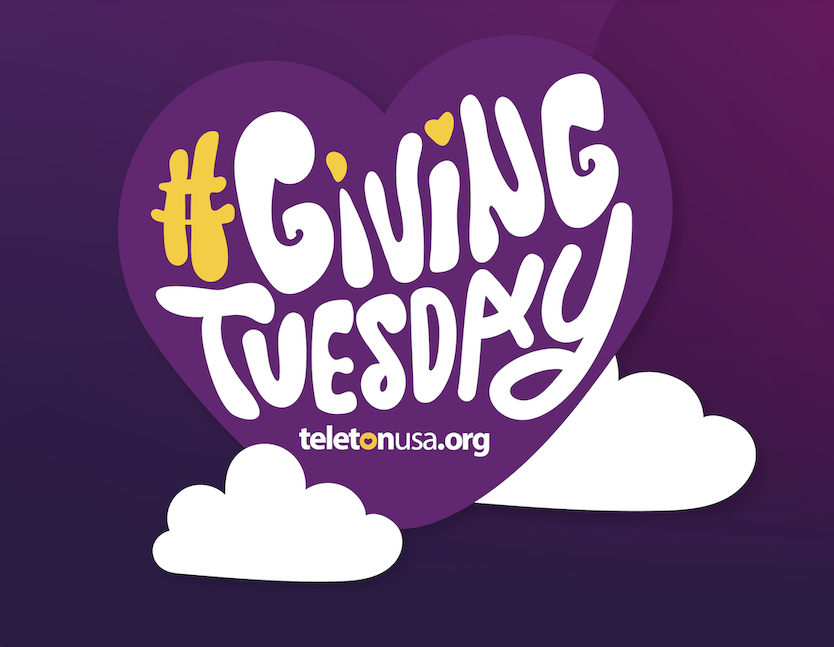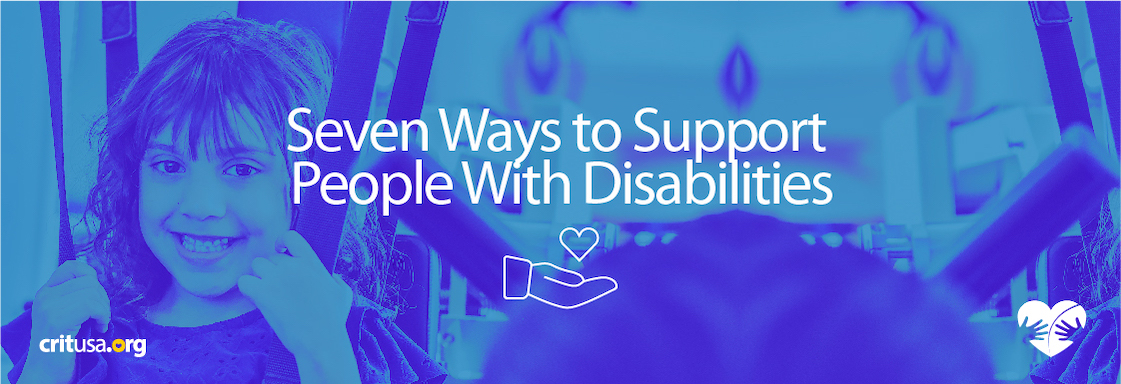In the United States, one in every four people has some disability, and 44% have reported discrimination due to their condition.
The areas where people with disabilities perceive more discrimination are medical services, on the street, on public transport, and with their families. We can all do something to stop discrimination by changing our attitudes and behaviors.
Here are seven things you can do to support people with disabilities.
1. Ask before helping
If someone needs your help, they will probably ask for it. Only decide to help out after asking first if they need assistance. Finally, follow instructions.
2. Be aware of personal space
Assistive technologies, such as wheelchairs and canes, are important to each person’s personal space. Never push or touch a mobility device without first asking permission.
3. Make sure to include everyone in your plans
Did you organize a birthday lunch? Do not leave out any of your friends. Are you planning a work meeting? Consider the needs of each participant. Ensure that your professional and personal gatherings are held in accessible places. Today many spaces guarantee the right to free access for people with disabilities.
4. Speak directly to everyone
When you start a conversation with someone, make eye contact and walk toward them. A person who does not speak can understand perfectly well what you are saying and have ways of expressing themselves to respond to you. And finally, when talking to a person in a wheelchair, start the conversation at their level so that you can make eye contact.
5. Speak clearly. Listen.
If you are working with a person with a cognitive disability, use clear concepts and simple and concrete words.
6. Fight against stereotypes, prejudices, and harmful practices
Do not discriminate with your actions and less with your omissions.
7. Get informed
Find out about the rights of people with disabilities, about accessibility, and about how you can participate in making the world more accessible. Learn more about the rights of people with disabilities here: https://www.ada.gov/resources/disability-rights-guide/


